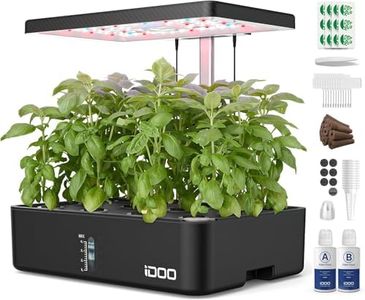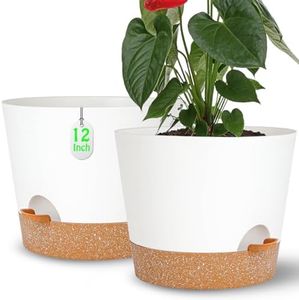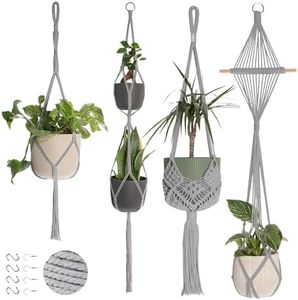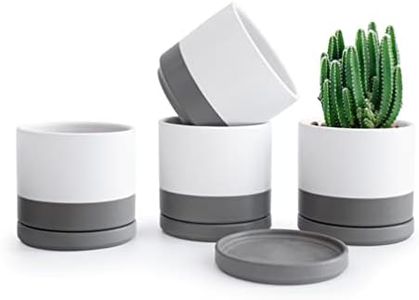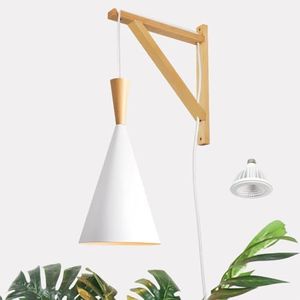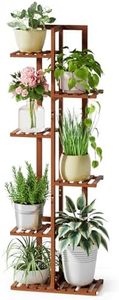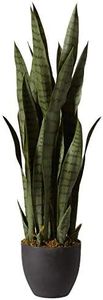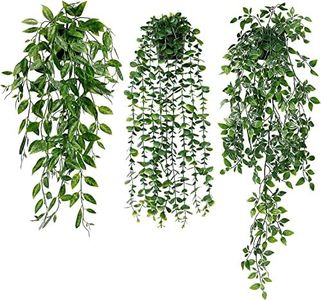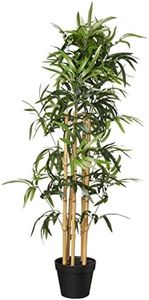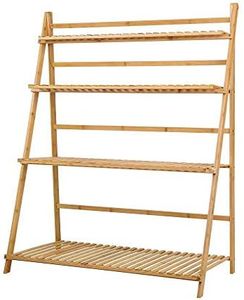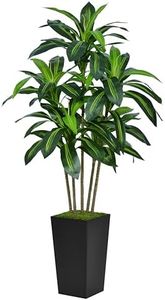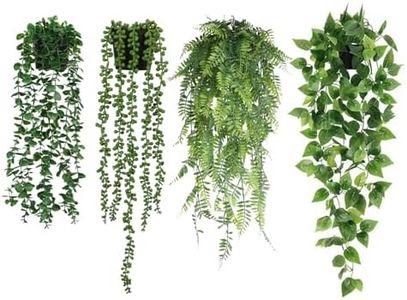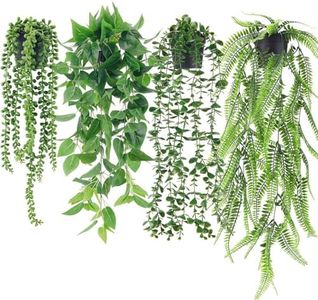We Use CookiesWe use cookies to enhance the security, performance,
functionality and for analytical and promotional activities. By continuing to browse this site you
are agreeing to our privacy policy
10 Best Indoor Plants
From leading brands and best sellers available on the web.Buying Guide for the Best Indoor Plants
Choosing the right indoor plants can transform your living or working space, making it more pleasant and improving air quality. The secret to picking great indoor plants is to match your lifestyle, willingness to care for them, and the conditions in your space. By understanding the main features and requirements of plants, you’ll find options that thrive and bring lasting joy.Light RequirementsLight requirement refers to how much sunlight a plant needs to grow well. This is very important, since putting a plant in the wrong light can stress it or stunt its growth. You’ll usually see labels like low, medium, or bright/indirect light. Low-light plants are perfect for rooms with little sunlight or away from windows. Medium-light plants like indirect sunlight near windows but not right on the sill. Bright-light plants want lots of sun, so they’re best next to south-facing windows. To choose, look at how much natural light your space gets and match the plant’s needs.
Watering NeedsWatering needs describe how often and how much you’ll need to water the plant. Some plants need moisture often, while others thrive if you forget to water them for a while. If you travel or tend to forget about plants, try those with low watering needs, which can survive dry spells. If you love plant care routines, you can enjoy plants that like regular watering. Always match a plant’s watering needs to your lifestyle for best results.
Size and Growth RateSize refers to both the plant’s full-grown height and width, while growth rate tells you how quick it takes to reach that size. This matters because some plants can start small and quickly get too big for your space, or stay compact and manageable. Slow-growing plants are low maintenance, while fast-growers may need trimming or pot changes. Think about the space you have and pick a plant that will fit well now and as it matures.
Air Purifying QualitiesSome indoor plants help filter air and remove toxins, making your home healthier. Not all plants do this equally, and some are better at absorbing certain pollutants. If air quality is important for you, look for plants often labeled as ‘air-purifying’. These can be especially good for bedrooms and offices, or if you live in a city.
Toxicity to Pets and PeopleCertain plants are toxic if eaten, which is important if you have cats, dogs, or small children. Plants can be labeled as safe or toxic, and this information is essential for safety. If you have pets or kids, choose non-toxic plants to prevent accidental poisoning.
Humidity/Temperature ToleranceSome indoor plants need higher humidity or stable temperatures to stay healthy. This is key if you live in a very dry or drafty environment. Plants that need high humidity may require misting or a humidifier. If your home’s air is dry, look for tolerant species that don’t mind it. Choose plants that are comfortable with the temperature swings and humidity levels in your home.
